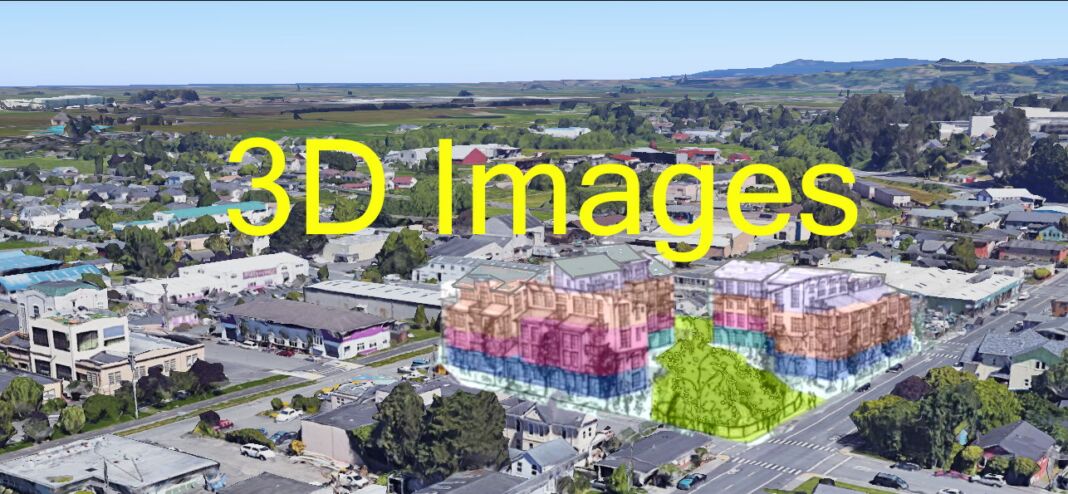Note: What is shown below is a copy of the original letter, made for this website. It is included here only so that the contents of the original letter can be searchable. (The PDF received from the City is in the form of an image, and so is not a searchable document.)
What is below is not the letter sent by the letter-writer. It will contain typographical errors and other departures from the original. The PDF displayed above is accurate. The text below is not accurate. It is printed here for indexing purposes, so that each word can be indexed and included in the search.
From: Fred
Sent: Thursday, March 02, 2023 10:21 AM
To: Julie Vaissade-Elcock; Judith Mayer; Scott Davies; Christian Figueroa; Dan Tangney; Peter Lehman;
Matthew Simmons; David Loya; Karen Diemer; Sarah Schaefer; Meredith Matthews; Kimberley White
Subject: Handout to the City Council – March 1, 2023 – Images of the Carwash site
To: The Planning Commissioners, David Loya, Karen Diemer
Mayor Schaefer, Vice-Mayor Matthews, Councilmember White
From: Fred Weis Note: You can skim, or just look at the pictures.
At last night’s City Council meeting, an agenda item was about where we stand in the development of the
Form-Based Code, and ideas for public engagement.
I supplied a handout (below) that I want to share with you (the Commissioners). What I said was:
“This is a bit tongue in cheek, but I’ll explain it. The first drawing is the great drawing that Julian Berg did for an imaginary building at the carwash site. And this is on the City website. And then on the second page, I took the building and put it on a Google Earth view. So you can actually see how it looks in Arcata. The third page is what is not going to happen in the Gateway Plan — where we have five-story buildings scattered all over the place. But I think people may think that this is what it [the Gateway Plan] is, and that needs to be cleared up. The second page I like very much, because it gives people an idea of how things [i.e. a building] fit in. I also brought a model that I’d made during the design stage of a house that a friend had built in Arcata, about 25 years ago. It is my belief that among what is missing in the public engagement process is something “real” that people
can see and touch. Words and diagrams are great and necessary, but based on my experience most people don’t comprehend plans (even if they think they do). Fly-by videos and 3D modeling are great, and they
have not been utilized in this process to the degree that they might be. (See here, 2-minute flyover video of
the McKinleyville Town Center). But a model is even better.
I like models. They are concrete. They are more meaningful to people than an image. This house model here
can be picked up, rotated at different angles, held, inspected. In theory, a 3D modeling can show the same
details, but the impact to the viewer is far different — far less impact.
Last night I proposed making a model of the Julian Berg carwash site design, and placing it on a Google Earth
view of the Gateway Area. The scale of the model might be 18-24″ in size, and the whole display about 4 x 6
feet or so. It does not have to be a detailed model — just a representation. Or — perhaps better — a rough
model of an imaginary building at the AmeriGas site. And this would give people an idea of the scale
and massing of what’s being proposed here. That it’s not some “big giant monster” — but that a welldesigned building that respects the existing neighborhood will fit in. This could be kept in the lobby at City
Hall.
Important: If L Street is a linear park and not a thoroughfare truck route street, then this building
design is not what would be desired at that location. In that event, a building might be 4 or 5 stories
on K Street and then taper down to 2 or 3 stories (with perhaps a deep setback deck/garden on the 3rd story,
facing L Street) along the L Street side. (Similar in a sense to the St. Vinnie’s image stepbacks, see below.)
—————————————————————————————–
David showed this in his “Building and Massing” series with the 3D modeling of an imaginary building at the
St. Vinnie’s site, at 5th and K. (Videos with transcripts. Full 47 minutes, click here. Specific St. Vinnie’s
presentation is in Module #3 – Proposed Setbacks and Massing Impacts, 9-minute section, here.)
Here we see the stepbacks that go from the 4-story height on K Street to a height of two and one stories at
the rear of the building.
This is an important image.
I don’t think it is anywhere else other than in that video.


